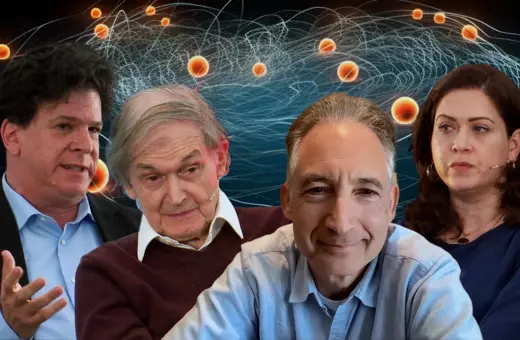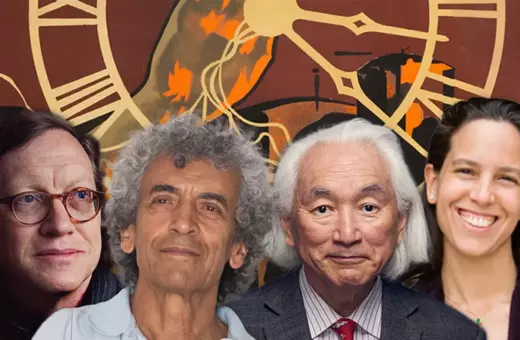Quantum physics doesn’t just rewrite our equations—it dismantles our ontology. From uncertainty to entanglement, the theory breaks the classical idea of the world as made of individual objects with identities and properties. In the quantum realm, philosopher of science Olimpia Lombardi argues, there are no separate things—only an undivided whole. On the most fundamental level, there is no individual.
When we talk about what it is that makes up the world, we tend to talk of the “building blocks” of reality. When we ask what kind of thing those things are—the question of their ontology—and what properties they possess, we might picture solid, distinct individual pieces, like particles, that make up the fabric of reality. It is precisely these features that break down when we talk about quantum systems. Can we still understand objects as being individual, completely definite, and distinguishable when we look at the world through quantum physics? There are several reasons to answer no.
Ontological categories
Quantum theory introduces a deep break with respect to the classical view of reality. To understand the extent of this, we first must recall what an ontological category is.
A category is not a class defined by a concept, like “yellow” or “round,” gathering objects together because they possess certain properties in common. Nor is it a taxon, like “mammal,” classifying objects into well-defined kinds. Categories are prior to classification, since they are what endow reality with a certain structure: the conditions of possibility of any classification.
___
The most traditional metaphysical picture underlying classical physics is that of an ontology of individuals and properties. Quantum mechanics challenges this picture due to four features: uncertainty, contextuality, non-separability, and indistinguishability.
___
Ontological categories are shown by language structure, telling us whether reality consists of individual objects, properties, relations, and causal links. The ontological category of individual has its linguistic correlate in “singular terms” (‘this’, ‘she’, ‘the richest person’, etc.) that serve as logical subjects, complemented by properties represented as linguistic predicates. The most traditional metaphysical picture underlying classical physics is that of an ontology of individuals and properties. Quantum mechanics challenges this picture due to four features: uncertainty, contextuality, non-separability, and indistinguishability.
Uncertainty
The first challenge comes from quantum uncertainty. The Heisenberg Uncertainty Principle can be expressed very simply: quantum systems always have incompatible properties, properties that cannot simultaneously acquire precise values. This is not trivial; the incompatibility between properties is an essentially quantum feature, completely absent from the classical world.






















Join the conversation